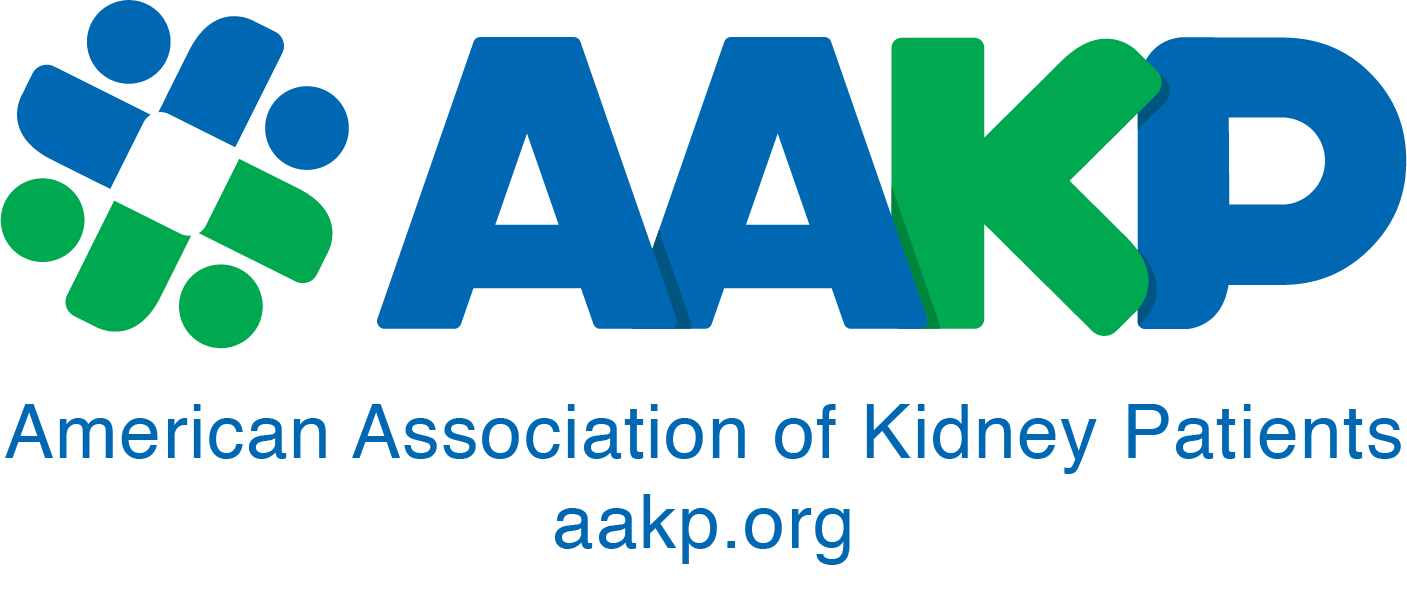It seems like every time I bump into something, I bruise. What’s causing me to bruise so easily and is there something I can do to stop it?
Bruising, also called ecchymosis, is caused by extravasation or leaking of blood into the skin. The bleeding is the result of a complex process and begins with our largest organ-the skin. The skin acts as a barrier of protection to the blood vessels. When there is direct trauma to the skin, it can result in bleeding of these vessels. An essential part of the bleeding process is clotting. Clotting is an important process to prevent further bleeding and to promote healing. It is a cascade of events involving platelets and other clotting factors. These factors are produced in the bone marrow, liver and the result of adequate nutritional intake. Easy bruising is the result of any abnormality in this process.
Ecchymosis is a common issue in kidney patients. Most kidney patients have lost skin elasticity because of aging, sun exposure and possibly uremia, which diminishes the skin’s protective role. Therefore it is not unusual to see bruising with minimal trauma (e.g. bumping into wall). Many times these same patients are on medication that interferes with the clotting process. Aspirin, plavix, ticlid and diipyridomle inhibit platelet function, while medicines like coumadin and heparin inhibit the clotting cascade. Despite the risk, these medications often play an important role in the treatment of kidney patients. Additionally, acquired clotting disorders can be seen in our patients. Those who are malnourished and/ or have liver disease often develop vitamin K deficiency. Other acquired disorders like clotting factor deficiencies are very rare. Another cause of bruising is systemic inflammatory disorders referred to as vasculitides. These disorders result in direct blood vessel injury and are often the cause of the patient’s kidney disease. So there are a variety of explanations for eccyhmosis, but are there any ways to prevent it?
Once you understand the factors that contribute to ecchymosis, you begin to form a preventive treatment plan. I recommend patients have appropriate covering of exposed skin especially arms and hands. Often, patients do not realize they are causing injury because of the minimal trauma or loss of sensation, due to neuropathy seen commonly in diabetes. Therefore, patients must become more aware of their environment where areas of trauma to extremities can occur. Common areas are counter edges, small doorways or other small passageways. Additionally, for those patients with problems walking, appropriate support equipment (e.g. walkers or canes) should be used. And for those patients who are more debilitated, proper techniques should be used when transferring these patients from bed to wheelchairs.
Kidney patients are on medications that increase the risk for bleeding. Review of the appropriateness of these medications should be done routinely. Also, herbal supplements may interfere with these medications and increase the risk for bleeding.
As a reminder, patients should be counseled on appropriate nutrition and foods to take when using anticoagulant medicine. Adequate nutritional intake should be reviewed by a dietitian. If there is no explanation for the bruising, the patient should seek appropriate medical attention to evaluate for a systematic disorder.
Dr. Garrett White is a practicing nephrologist with Southeast Renal Associates based in Charlotte and Monroe, N.C.
This article originally appeared in the March 2008 issue of aakpRENALIFE.
























